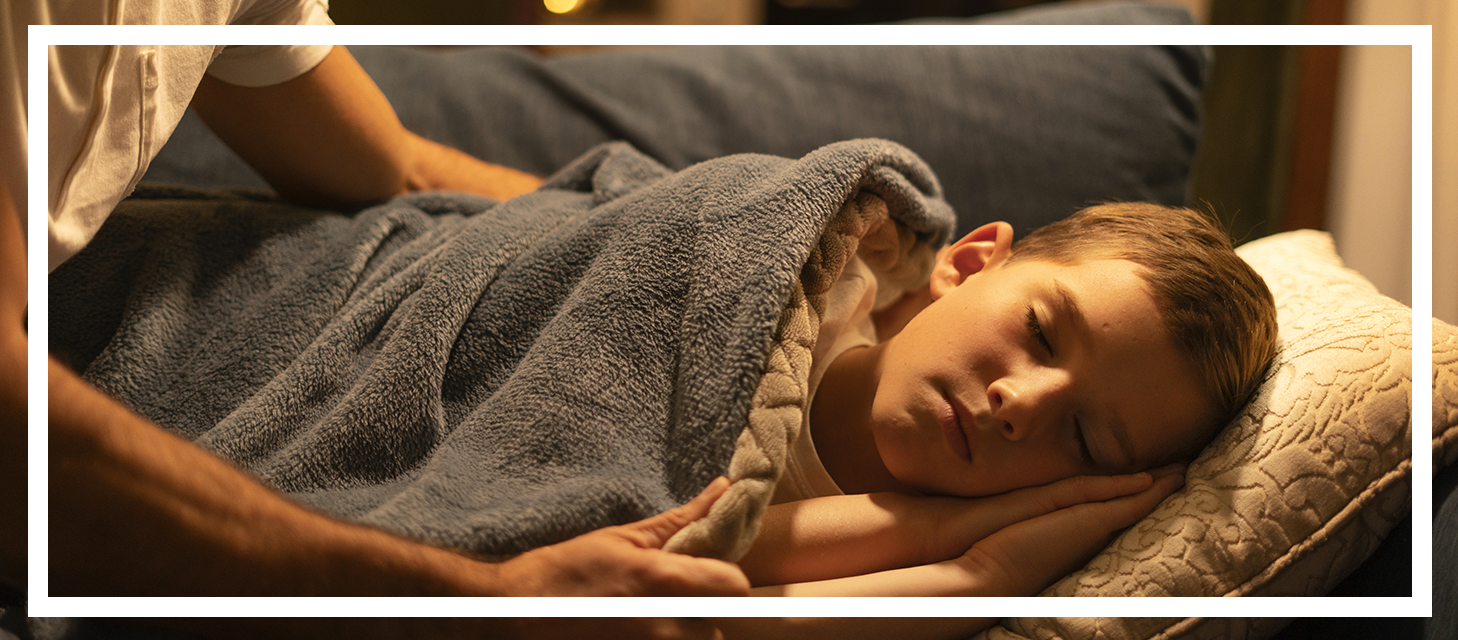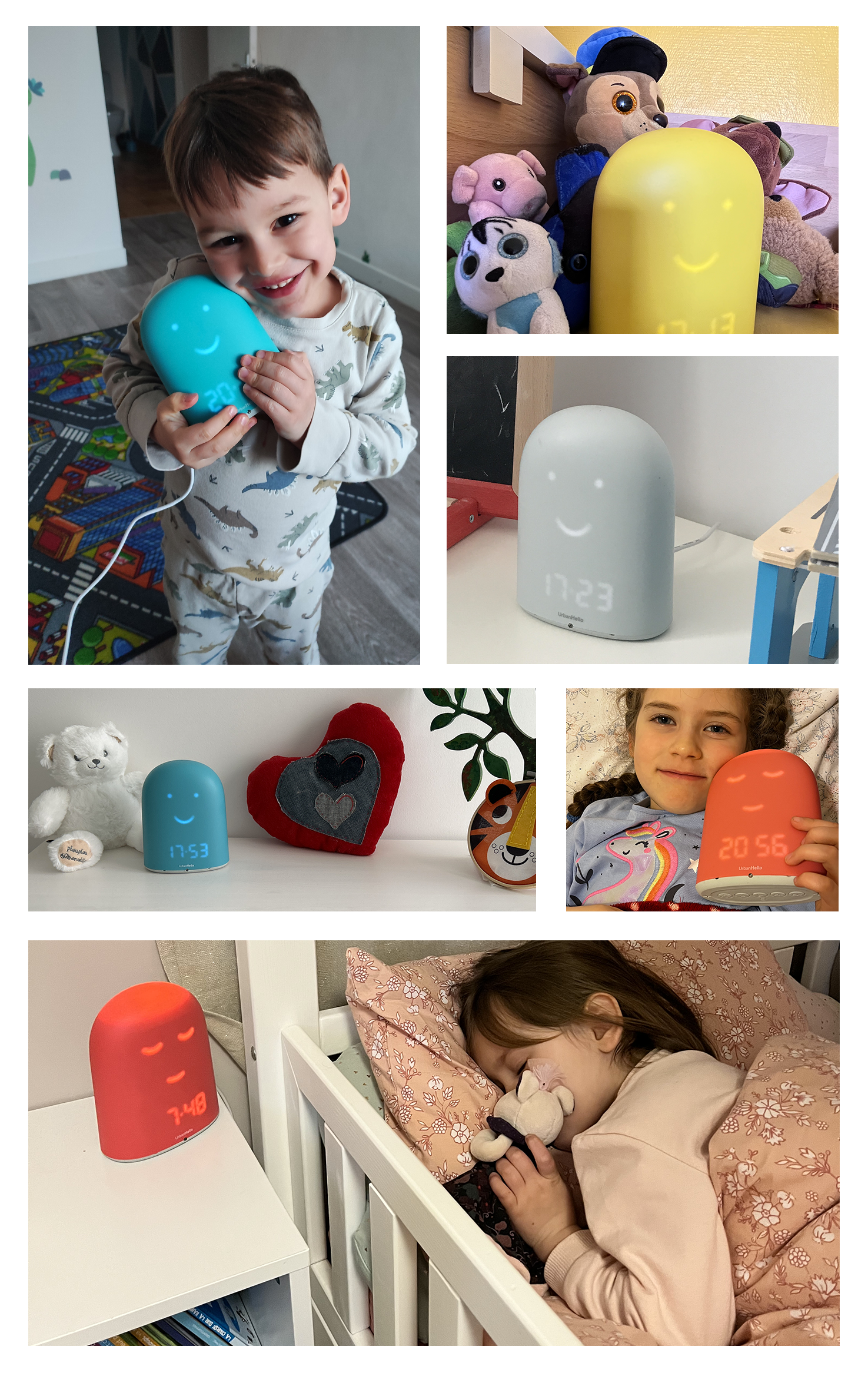Sleep apnea in children: our complete file!

Does your child snore regularly? Do they still seem tired even after a full night's sleep?
They could be suffering from pediatric sleep apnea, a condition that affects between 2% and 5% of children.
Don’t worry — in this article, we’ll walk you through the key symptoms of this condition, which is well known in adults but often overlooked in children.
What Is Pediatric Sleep Apnea?
Pediatric sleep apnea is a condition where the airway becomes blocked during sleep.
This blockage—partial or complete—is usually caused by the relaxation of the muscles at the back of the throat. Between the ages of 3 and 6, a child’s pharynx is still developing. Because it's naturally narrow, it can be easily obstructed by enlarged tonsils (the leading cause of sleep apnea in children), or by the tongue falling backward during sleep.
Your child’s facial structure and anatomy can also increase the risk of developing sleep apnea. Obesity is another contributing factor to this condition—one that remains underdiagnosed in children. Even today, many parents are still unaware of the warning signs.
It’s not always easy to connect snoring, persistent fatigue, or the shape of your child’s face to pediatric sleep apnea. But it’s important to stay alert.
Beyond its impact on sleep quality, pediatric sleep apnea can lead to more serious health issues, including high blood pressure and cardiovascular disease.
How to Recognize Sleep Apnea in Children
Fortunately, pediatric sleep apnea comes with some recognizable symptoms, both during the day and at night.
If your child shows one or more of the following signs, we recommend speaking with your pediatrician or consulting an ENT specialist (ear, nose, and throat doctor).
- Your child snores frequently or breathes noisily during sleep
- At night, their chest rises and falls but you don’t always hear them breathing
- They seem to have a stuffy nose in the evening, even when they don’t need to blow it
- They tend to take deep gasping breaths, as if suddenly remembering to breathe
- They’re often tired, even after sleeping the recommended number of hours for their age
- They’re losing weight or struggling to gain weight and grow normally

Treatment Options for Pediatric Sleep Apnea
Depending on the cause of pediatric sleep apnea, there are several possible treatments.
In most cases, the condition is caused by enlarged tonsils blocking the airway. When this happens, a surgical procedure called a tonsillectomy may be recommended to remove the excess tissue. Surgery can feel daunting—especially when it involves our little ones—but it’s important to discuss it openly with your pediatrician or an ENT specialist.
If their diagnosis confirms pediatric sleep apnea, the procedure can have many positive effects. Not only will your child sleep better, but they’ll also feel less tired during the day. If they’re dealing with attention or behavioral issues, getting restful sleep can make a real difference.
Keep in mind that the surgery may need to be repeated months or even years later, as soft tissues can regrow.
If sleep apnea is linked to jaw or facial structure abnormalities, treatment may involve orthodontic therapy, such as dental appliances or oral devices.
Finally, if the condition is related to obesity, regular physical activity and healthy eating habits may be enough to significantly improve your child’s sleep and overall well-being.
Discover REMI
THE SMART ALARM CLOCK 😊
REMI and its app bring together everything you need to manage your baby’s sleep!
Its mission? Helping families sleep better — from birth up to age 10.
I bought REMI for my 4-year-old son who didn’t want to sleep alone anymore after his little sister was born. Thanks to the remote wake-up system and bedtime stories I can play from a distance, the issue is completely resolved! I 100% recommend this purchase!





 White noise for baby : a scientific research !
White noise for baby : a scientific research !
 What are the positive effects of napping on memory?
What are the positive effects of napping on memory?
 When do babies sleep through the night ? Tips and tricks !
When do babies sleep through the night ? Tips and tricks !
 Night terrors in babies: don't panic!
Night terrors in babies: don't panic!
 1 Month Old Baby Sleep : Common Questions
1 Month Old Baby Sleep : Common Questions